News
My Internship at Letterform Archive
Joyce Yin reflects on her time as our 2018 intern.
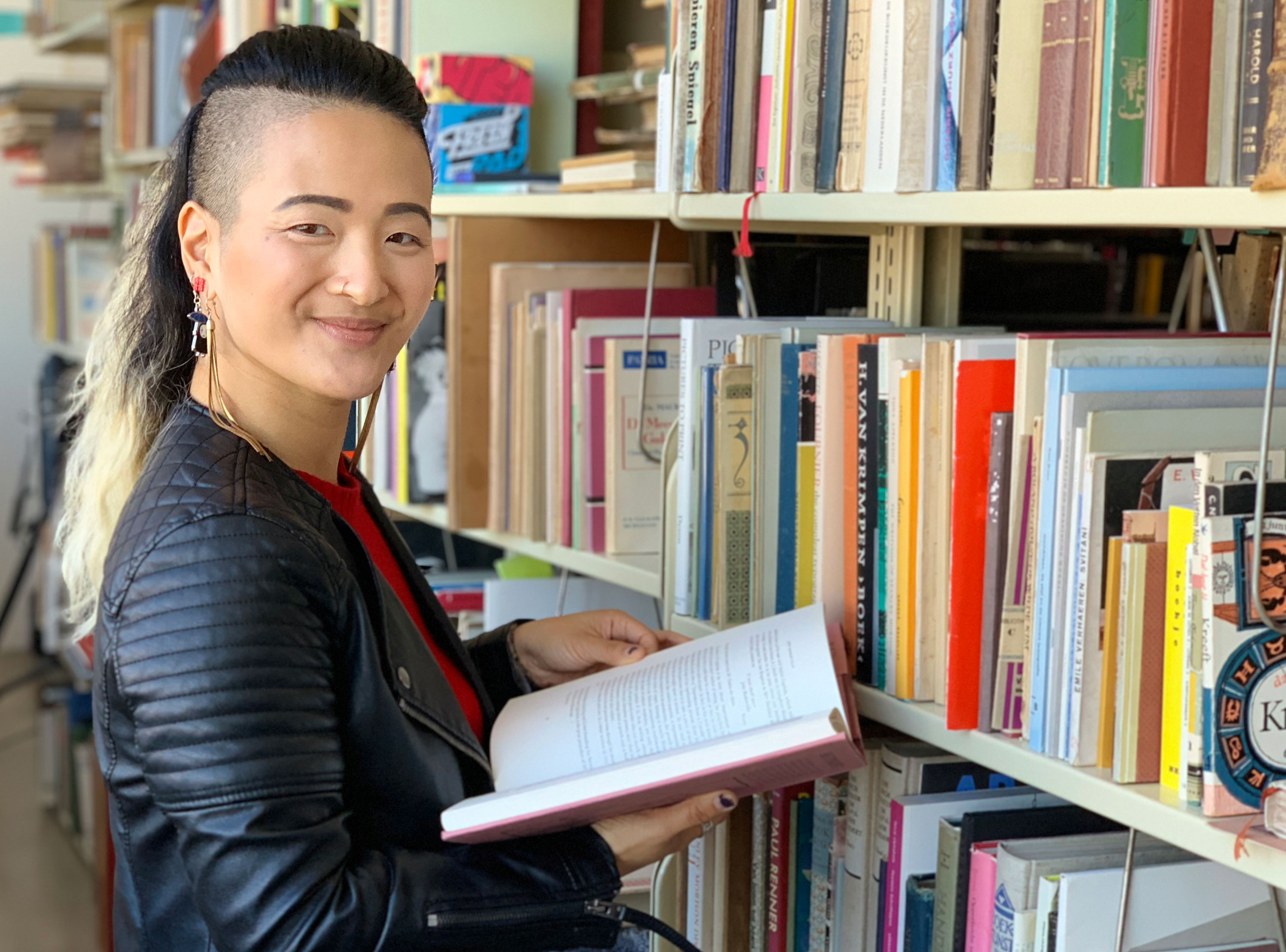
Joyce Yin, graphic design student at City College of San Francisco and freelance layout artist, was our intern from January to July 2018. We benefited from her time and talent on various editorial projects, including our newsletter, website, and social feeds, as well as collections projects like organizing Grushkin material. She did it all with passion and gusto – her spirit of joy is right there in her name – and we’ll miss her enthusiasm and distinctive personal style.
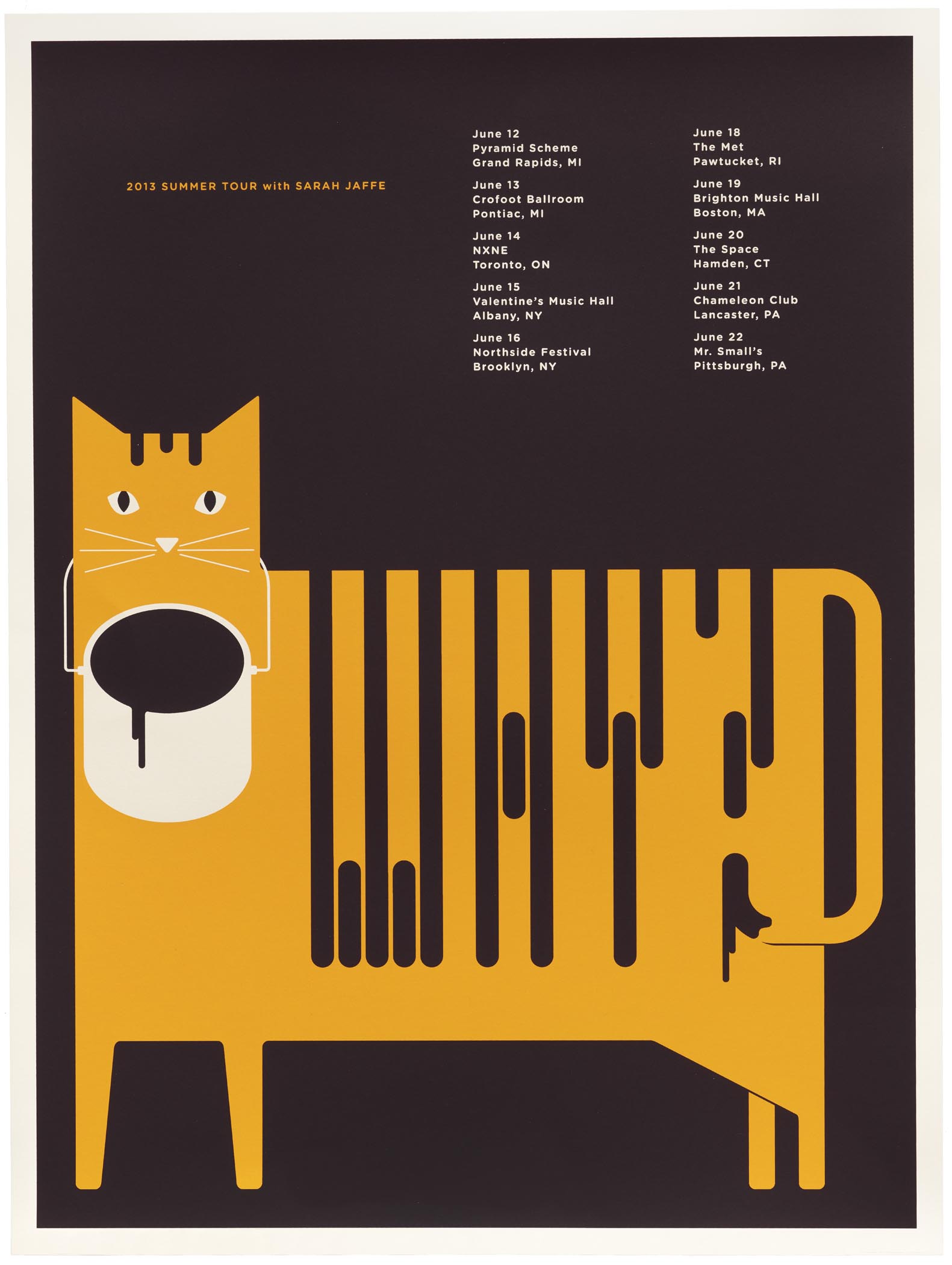
When my typography professor, Grendl Löfkvist, first announced to our class that we would visit Letterform Archive, I had no idea what to expect. A whole organization dedicated to preserving and showcasing type and graphic design? No way. It didn’t sound real. I didn’t know something like that could even exist. What would that even look like?
When we arrived at the Archive, we walked into a sunshine filled loft-turned-reading-room and were immediately presented with four tables worth of some of the staff’s favorite items. Johnny, our enthusiastic tour guide for the afternoon, asked us to choose something that looked interesting to us, and from there he lovingly explained our selects, treating each item with the utmost care and reverence and explaining its importance in the context of design history.
I was blown away. As a growing graphic designer, the tour introduced me to a world of objects I’d never seen before. I discovered things I didn’t know could be done within the realm of design. It was both humbling and eye-opening and I knew I wanted more. I wanted to consume everything the Archive had to offer.
So, when I learned there was an internship opening I applied immediately and was ecstatic to be brought on as an editorial intern. From the outset the staff was incredibly open to letting me map out what my internship experience would look like. So I did a little bit of everything, dipping my toes everywhere to see what stuck: writing for the Archive’s blog, organizing collections, editing the newsletter, helping manage the social media accounts. The world was my design-filled oyster.
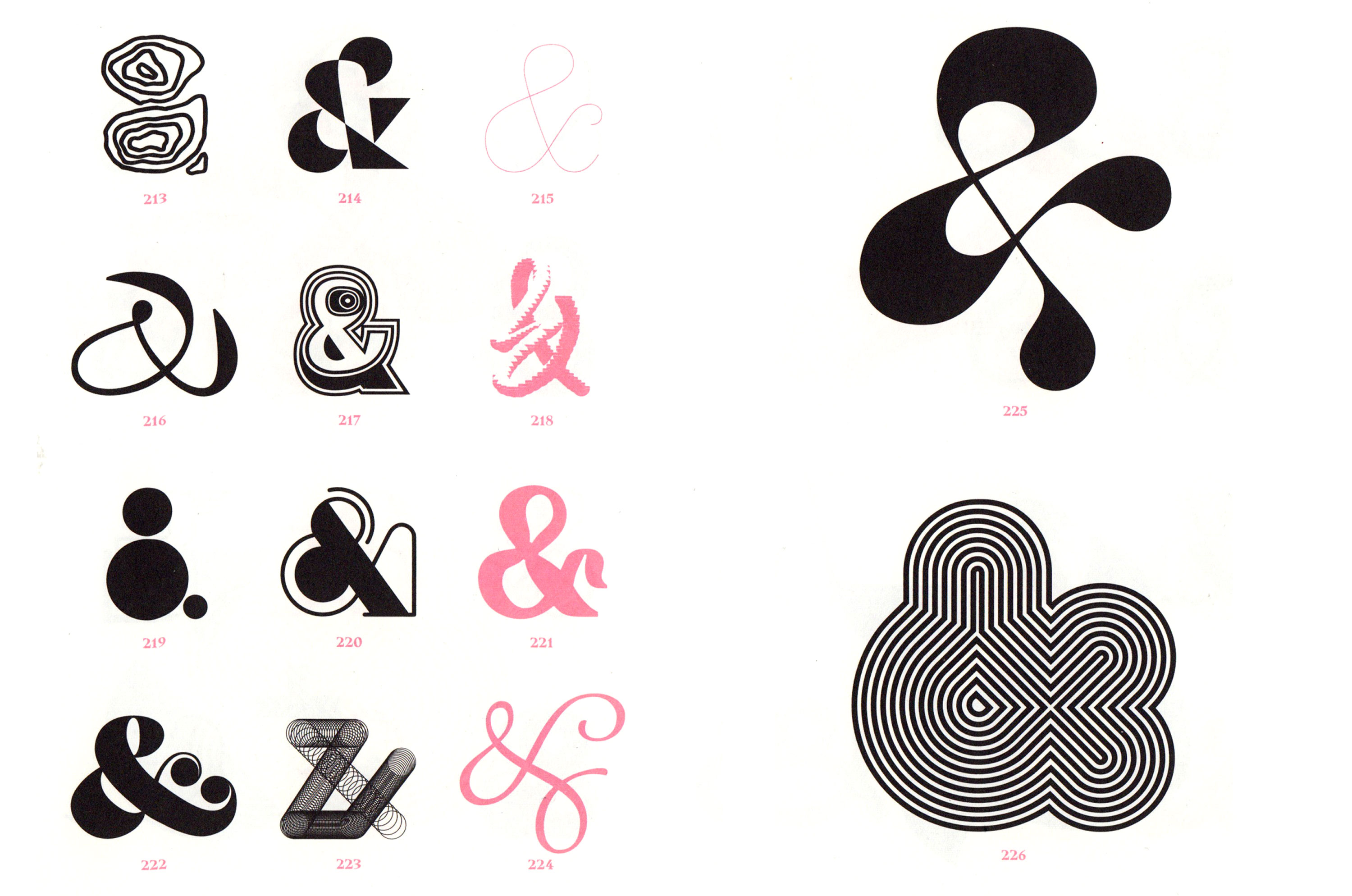
Throughout it all, Archive staff were some of the most helpful, generous people I’ve ever met. They frequently checked in to ensure that what I was working on aligned with what I was interested in. Ideas were always welcome.
When I mentioned the lack of regional, racial, and gender diversity in the Archive’s collections, it was met with an acknowledgment that they have to do better. No defensiveness, no denial. They knew that it wasn’t about doing the “right thing” but that it would ultimately make the Archive’s collections better as a whole. Diversity and inclusion matter because the Archive’s collections should reflect the make-up of the world we live in. It’s about challenging the status quo of what is typically considered “good” design and who gets to create it. If the Archive is truly committed to showcasing the breadth of design, their collections need to expand outside of the purview of white European men. They need to show aspiring designers that inspiration can come from anywhere.
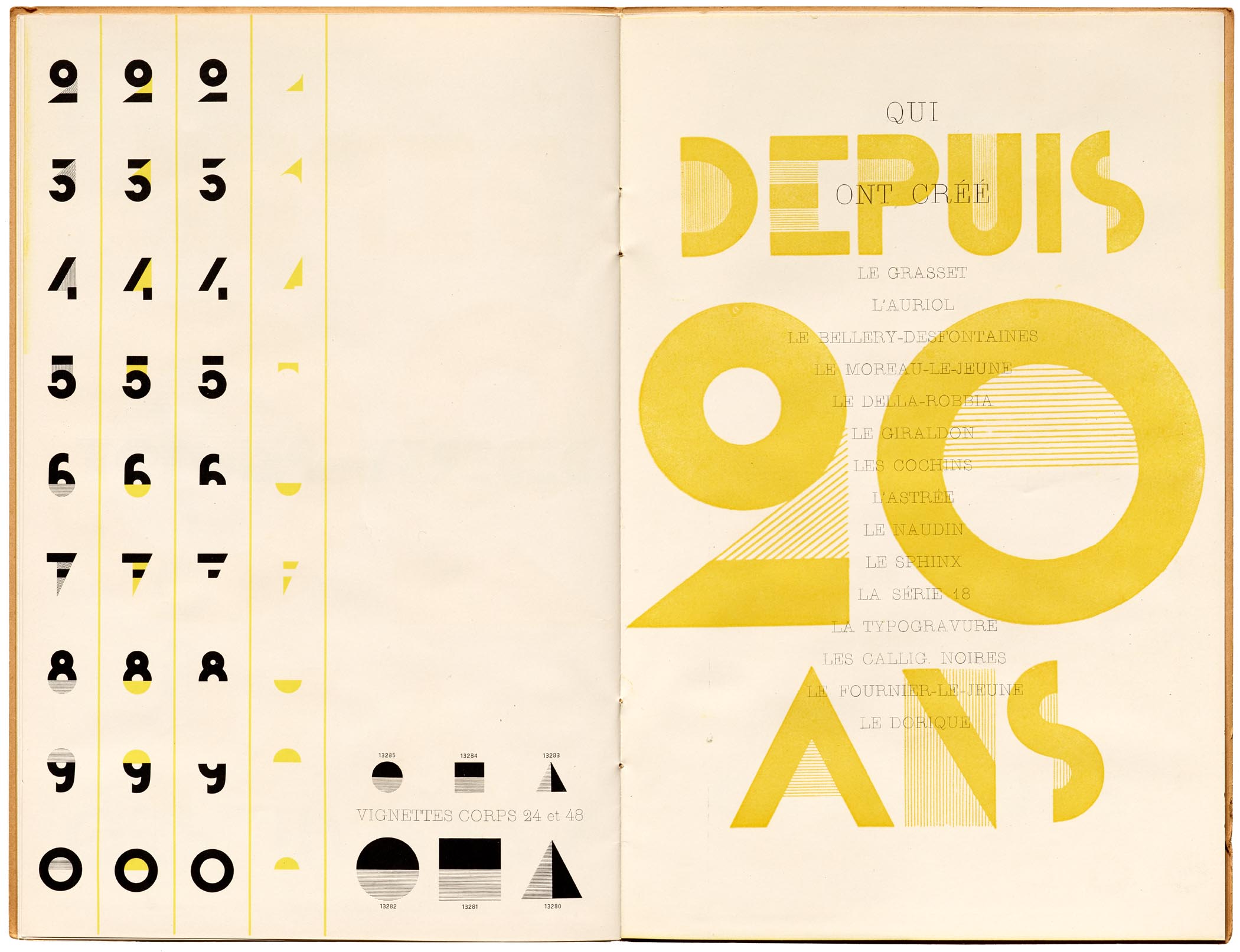
The acquisition of collections such as the Black Panther newspapers and Amos Kennedy Jr.’s prints are a step in the right direction, but they’ve only begun to scratch the surface. Their goal is to tell the story of visual communication, and they were missing parts of an important chapter.
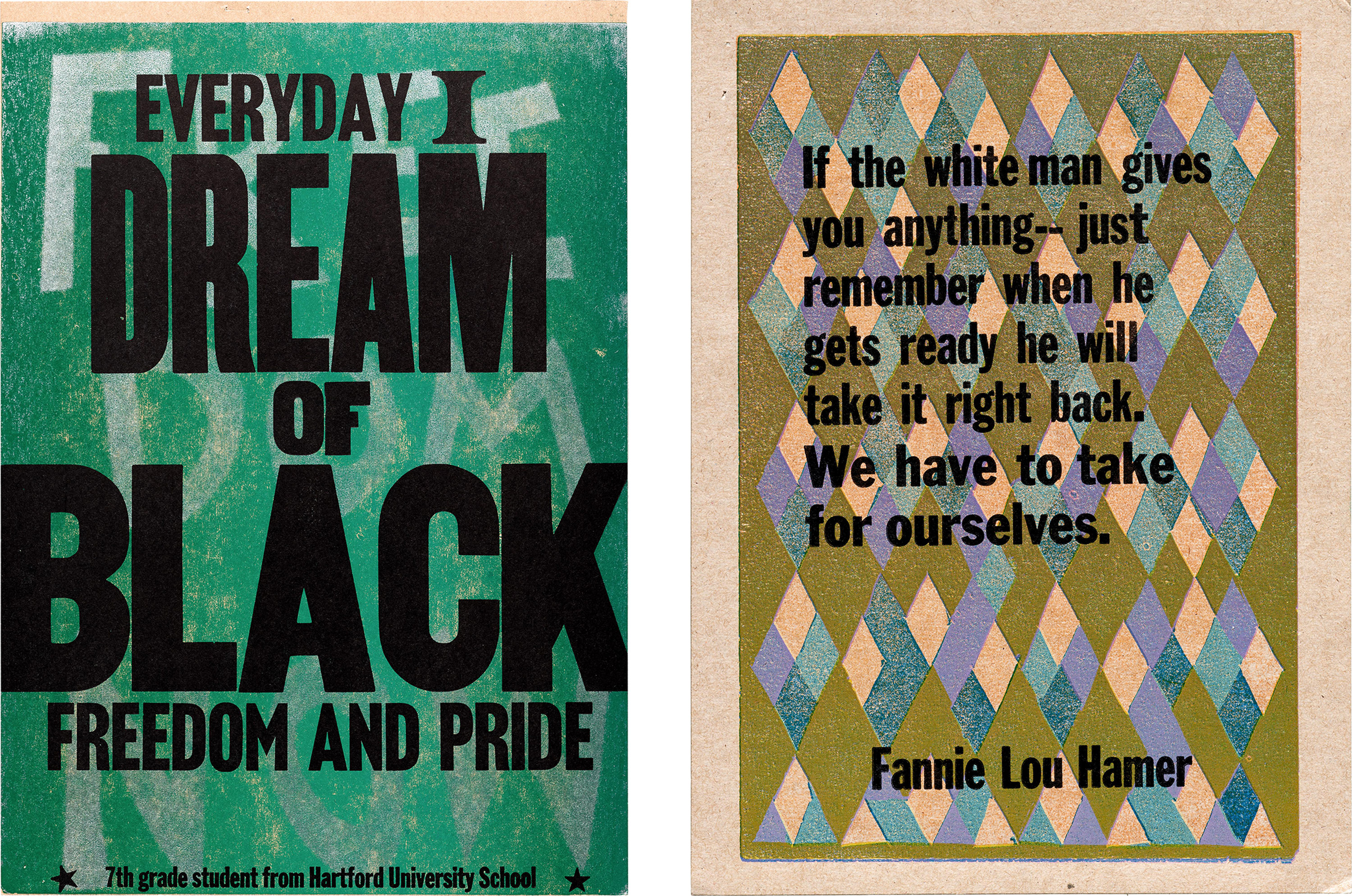
That’s where you come in. While the Archive staff can do their best to expand their curatorial pursuits, there are people they might miss or don’t know about. So who are some of your favorite graphic designers and artists who are not part of the white male supermajority? Let the curators know on Facebook, Instagram, or Twitter. Or send an email! Help the Archive grow the collection in a way that represents creative diversity.
All in all I am deeply grateful to the Archive for taking me in and encouraging me to explore. As I continue on in my career as a graphic designer, I won’t forget the kindness they showed in supporting me in my interests and the passion they displayed for all things design. I left with an even deeper love of letterforms and will bring this experience with me in whatever I do next.
— Joyce Yin
